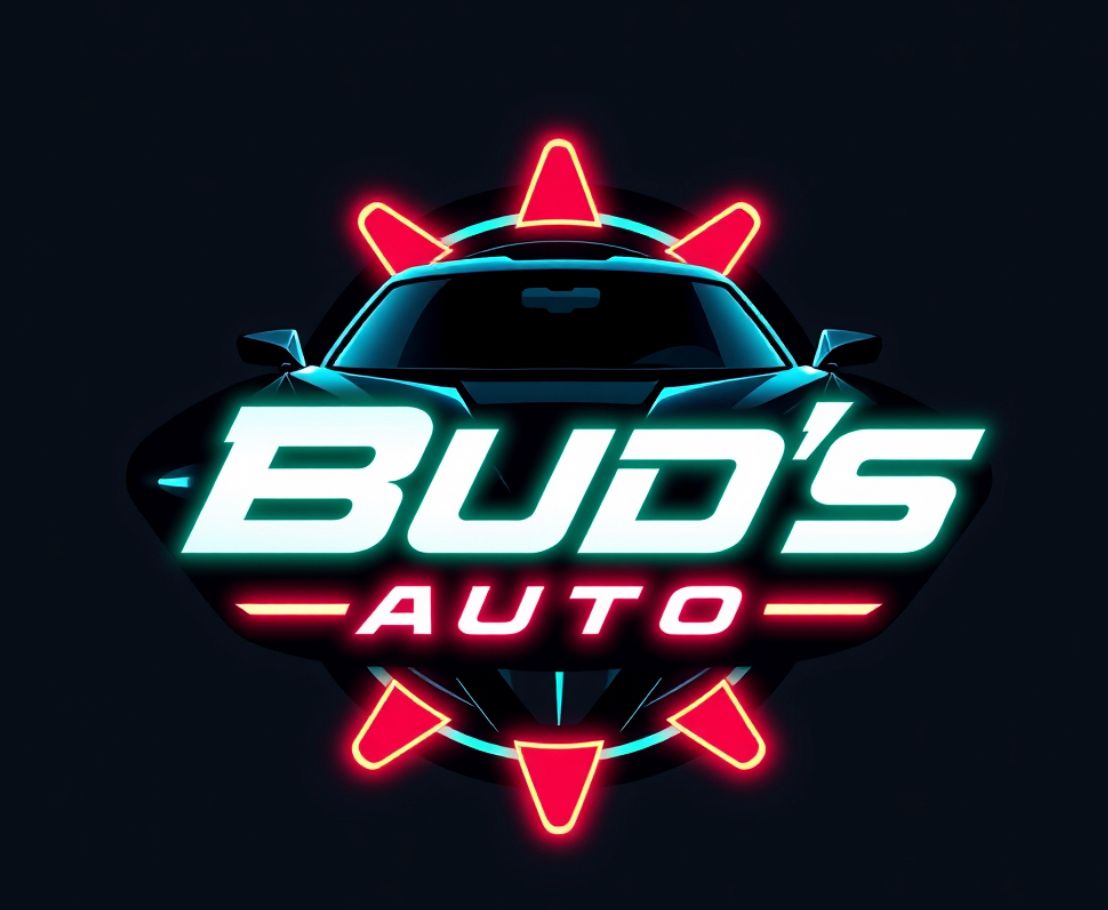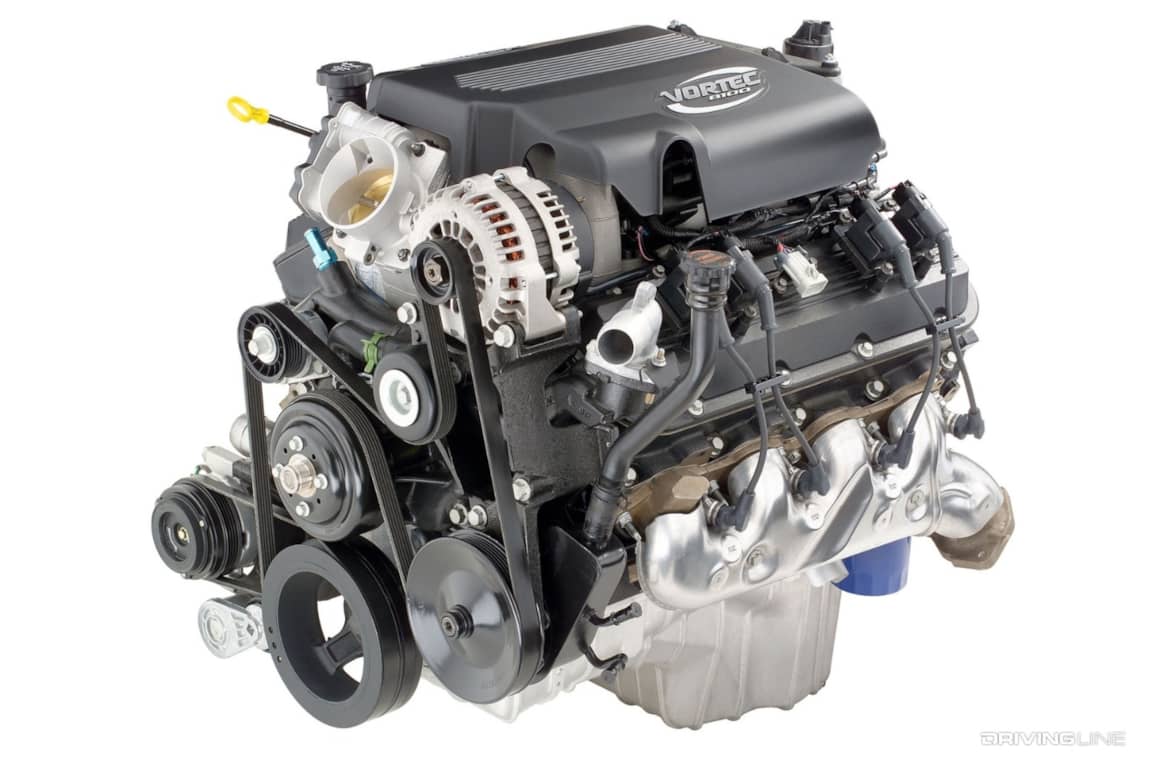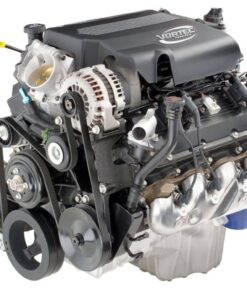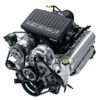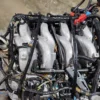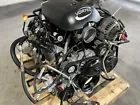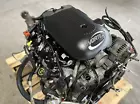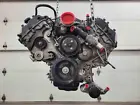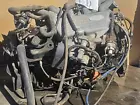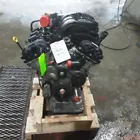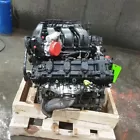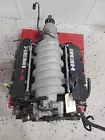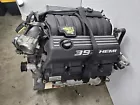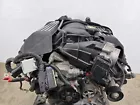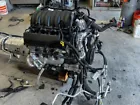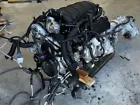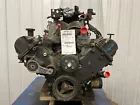The Chevy Big Block 8.1L Vortec engine, officially known as the Chevy Big Block 8.1L Vortec engine, is a large-displacement V8 engine produced by General Motors. It’s part of GM’s Generation VII big block engine family and was introduced in 2001 as a replacement for the 7.4L (454 ci) Vortec 7400. It was primarily used in heavy-duty trucks, commercial vehicles, and marine applications.
Chevy Big Block 8.1L Vortec engine Specs
| Specification | Details |
|---|---|
| Engine Code | L18 |
| Displacement | 8.1 liters (496 cubic inches) |
| Configuration | 90° V8 |
| Block Material | Cast Iron |
| Head Material | Cast Iron |
| Fuel System | Sequential Multi-Port Fuel Injection (MPFI) |
| Valvetrain | OHV, 2 valves per cylinder (16 total) |
| Bore x Stroke | 4.25″ x 4.37″ (108mm x 111mm) |
| Compression Ratio | 9.1:1 |
| Horsepower | 320–340 hp @ 4200 RPM (varies by application) |
| Torque | 440–455 lb-ft @ 3200 RPM |
| Redline | ~5000 RPM |
Common Applications
-
Chevrolet Silverado HD (2500HD/3500HD)
-
GMC Sierra HD
-
Chevrolet Suburban 2500
-
Chevrolet Express/GMC Savana (3500/4500 vans)
-
Medium-duty trucks (e.g., Kodiak/Topkick)
-
Workhorse custom chassis (e.g., RVs, buses)
-
Marine engines (Mercury Marine, Indmar, etc.)
Key Features
-
More torque and displacement than the outgoing 7.4L engine.
-
Improved fuel injection system for better efficiency and emissions.
-
Designed for heavy-duty use, with high torque at low RPM.
-
Known for being a durable workhorse, especially in RV and towing applications.
Common Issues With Chevy Big Block 8.1L Vortec engine
-
Oil consumption – Some engines burn more oil than expected.
-
Intake manifold gasket leaks – Common in many GM engines of the era.
-
Fuel economy – Poor; expect single-digit MPG in heavy-duty use.
-
Limited aftermarket support compared to smaller LS engines.
Replacements or Alternatives
-
Duramax Diesel (6.6L) – GM’s diesel option in HD trucks.
-
6.0L Vortec (LQ4/LQ9) – Smaller but more efficient gas engine.
-
Modern LS-based crate engines – For upgrades or swaps.
Summary
The Chevy Big Block 8.1L Vortec engine is a brute-force, high-displacement gas engine built for durability and torque. It’s not fuel efficient, but in applications where power and longevity matter more than economy, it’s highly respected. Today, it still finds use in performance marine setups and enthusiast heavy-duty swaps.
Would you like a performance upgrade guide or swap tips for the 8.1L?
